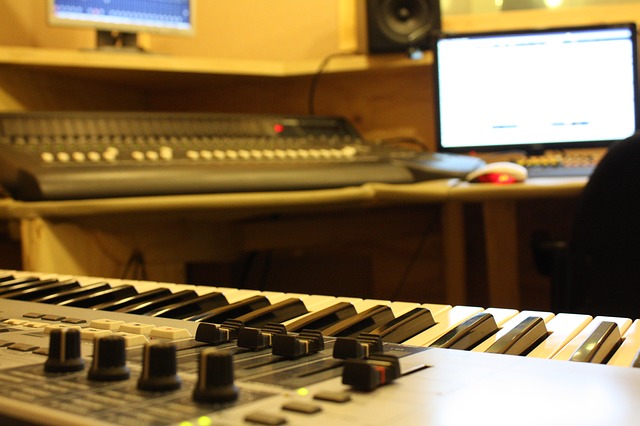Recording piano on your phone?
For many beginners, the idea of being recorded is pretty scary. There are lots of advantages to recording piano on your phone, and even if you cringe at the idea of hearing your errors, it is worth doing it.
In the modern age, most of us walk around with a smartphone in our pockets. We can record our playing easily, and though the recordings may not be worthy of release, they have a number of important benefits. In this post, we look at the “why” and the “how” of recording tinkling the ivories on your phone.
Benefits of Recording Yourself Playing
What’s the point of having recordings of your playing? Are there really significant benefits to recording yourself? Is it worth the hassle? We think it’s a great idea, for a number of reasons.
- Recording yourself can help you to work out what errors you are making. Nobody likes being told what they are doing wrong, but it is important. While you are wrapped up in playing one of our simple song tutorials, you may not notice the mistakes you’re making.
- You can share it with others for feedback. Learning to play the piano can be quite a solitary exercise. Being able to share with others can give you a confidence boost or some external feedback. If you have a pianist friend, even better.
- Listening back can help you to remember how to play songs. Listening to a song can help you to remember the structure of it even impact parts of our brains associated with muscle memory. Think of it as a sort of extra practice without being sat at a piano. You can do it on your commute to work.
- If you have an idea for a song, recording it helps to ensure you won’t forget it, and also means you can share it with friends, or even put it into some music software like GarageBand and start to add more layers.
Tips for Recording Piano on Your Phone
With most phones, this will be really easy to do. You can use your voice recording application. However, for a bit more detail and the option to edit and cut your piano recordings afterward, record into software such as GarageBand. This now comes free with Apple devices.
If you are just planning to use the recording as a reference, the quality doesn’t need to be amazing, it just needs to be clear enough. Place your phone about 5 inches from the speakers on your digital piano or keyboard, or set it on the music stand of your acoustic piano for clear results.
If you want to go into a bit more detail, and get higher quality recordings, you can buy microphones specifically designed for use with a phone. USB microphones can sometimes be used with an adapter. You can even buy a quality condenser microphone for your phone, and this may give enough quality for recordings that can be used in releases, or as demos.
Conclusion
How much detail you want to get from your recordings is up to you. If you plan to get into home recordings, you might invest in a decent microphone. Alternatively, most phones now come with a mic that offers a decent level of clarity, and allow you to make a recording piano on your phone and listen back to practices and performances.
It doesn’t take much effort to hit record before you start playing, but it can be a worthwhile exercise for improving your playing and sharing it with others. It’s truly easier than ever, and if you’re not proud of your playing, you can keep it to yourself.










